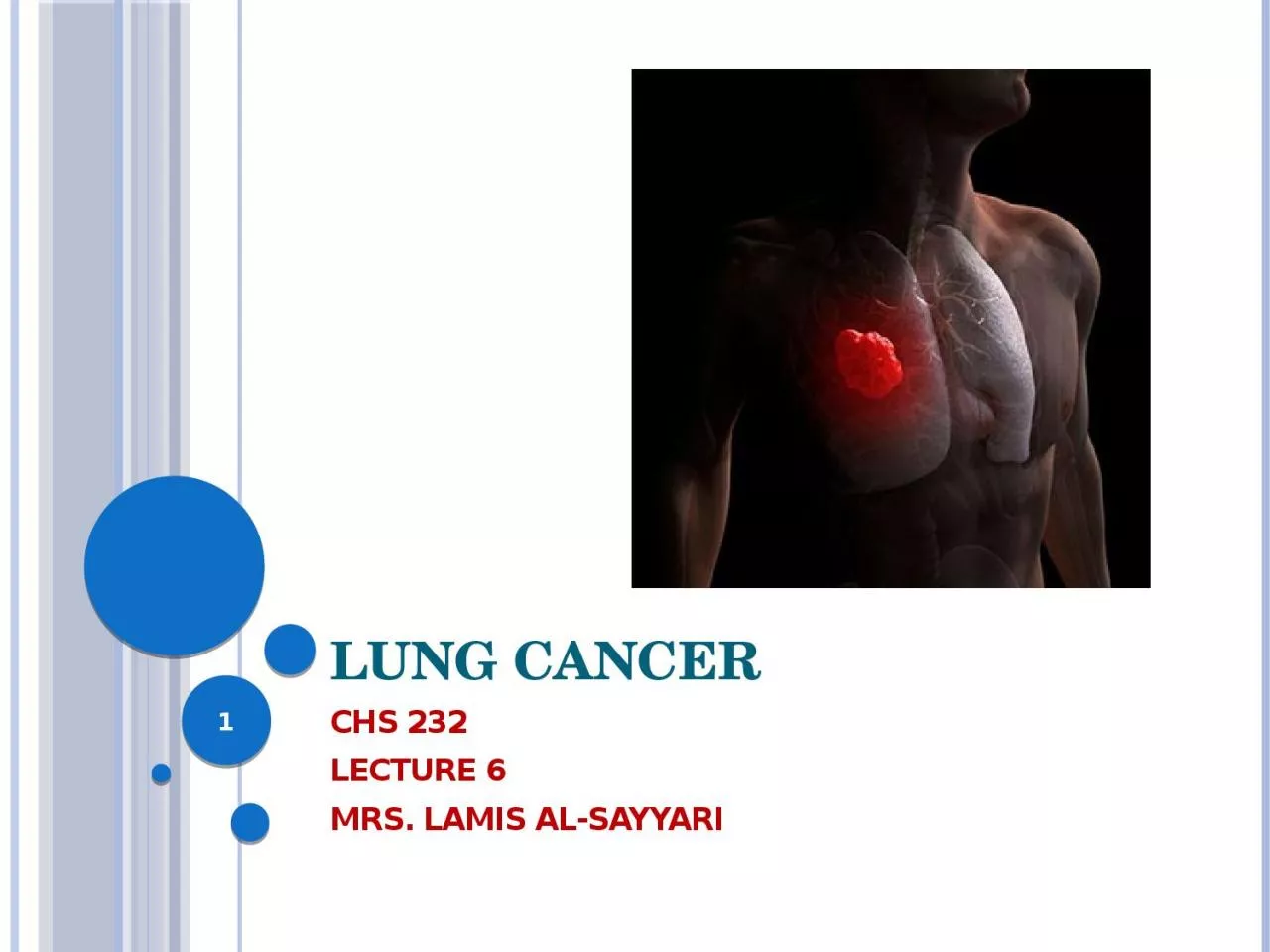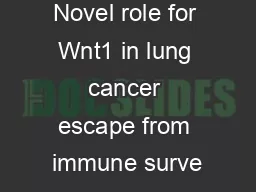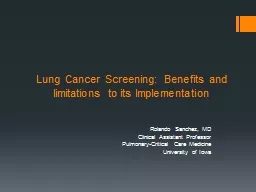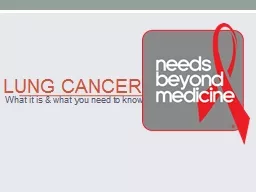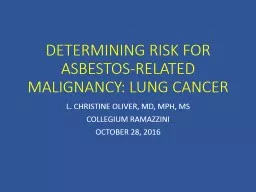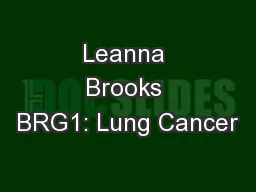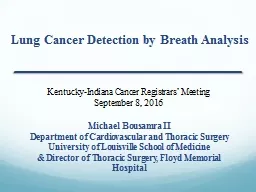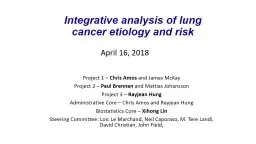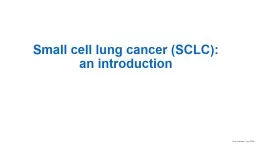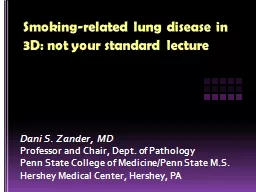PPT-Lung Cancer CHS 232 Lecture 6
Author : jones | Published Date : 2024-01-29
Mrs Lamis AlSayyari 1 First How Do Lungs Work Your lungs are part of the respiratory system a group of organs and tissues that work together to help you breathe
Presentation Embed Code
Download Presentation
Download Presentation The PPT/PDF document "Lung Cancer CHS 232 Lecture 6" is the property of its rightful owner. Permission is granted to download and print the materials on this website for personal, non-commercial use only, and to display it on your personal computer provided you do not modify the materials and that you retain all copyright notices contained in the materials. By downloading content from our website, you accept the terms of this agreement.
Lung Cancer CHS 232 Lecture 6: Transcript
Download Rules Of Document
"Lung Cancer CHS 232 Lecture 6"The content belongs to its owner. You may download and print it for personal use, without modification, and keep all copyright notices. By downloading, you agree to these terms.
Related Documents

